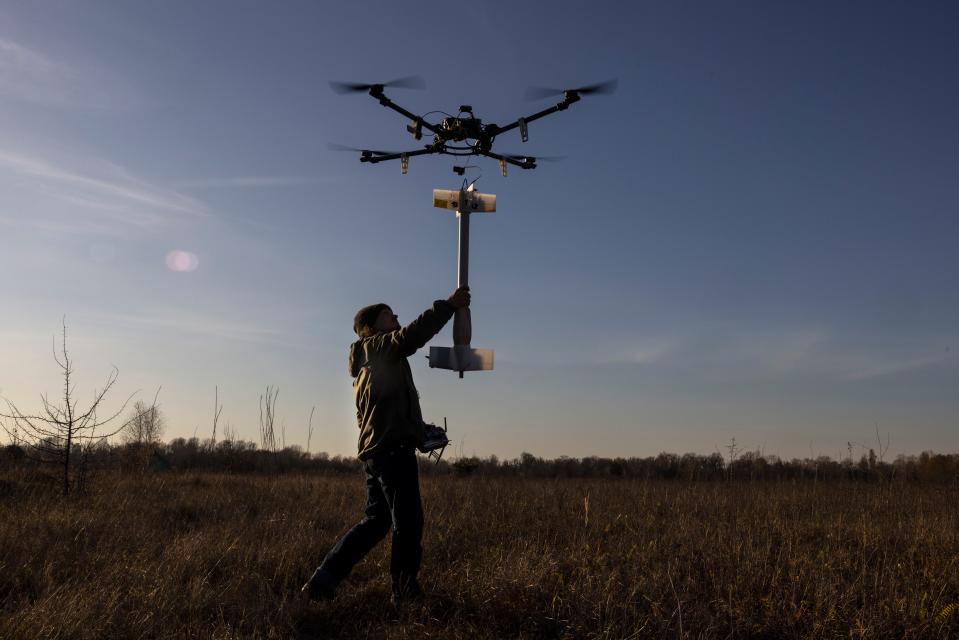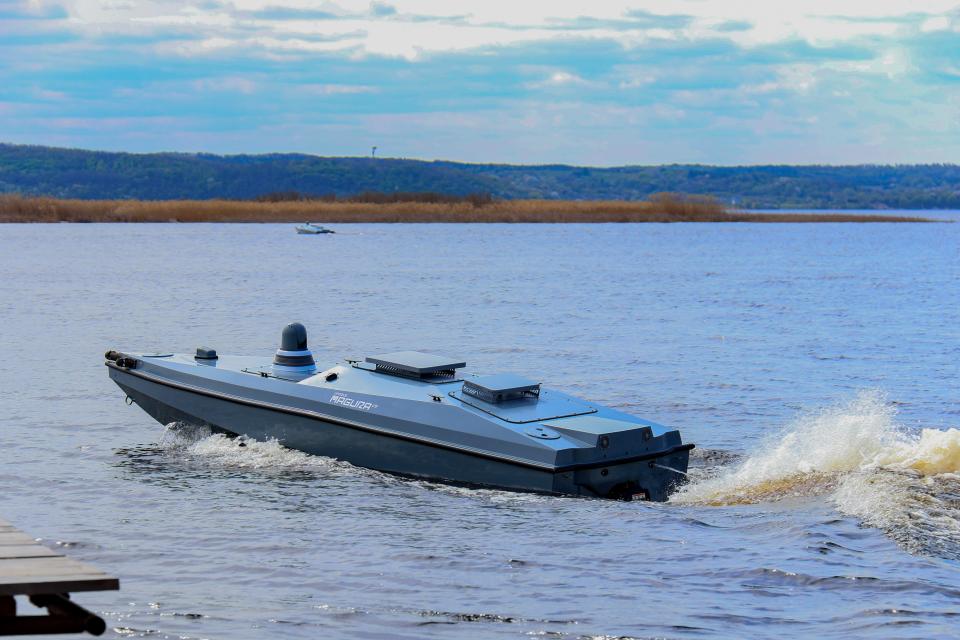Ukraine is cranking out lots of homemade weapons but needs more of a key ingredient, defense industry official says
Ukraine has made monumental efforts to scale-up its defense industry since Russia's invasion began.
Kyiv barely made any weapons at the start, but now it's producing drones, artillery, and more.
Despite the country's successes, a senior official said Ukraine still needs more energetics.
Ukraine is rapidly producing a variety of homemade weapons as its defense industry aims to meet the needs and demands of soldiers fighting on the front lines. But a senior official says Kyiv still needs more of a key ingredient to keep the arms flowing.
Before Russia's full-scale invasion in February 2022, Ukraine was barely producing any weaponry for its armed forces and was relying heavily on pre-existing stocks of Soviet-era supplies and support from international partners. Now, the country is cranking out its own drones, artillery, missiles, and more at a breakneck pace to supplement this inventory.
"I don't focus much on thinking how we made it, but we made it," Oleksandr Kamyshin, Ukraine's minister of strategic industries, told Business Insider last week on the sidelines of the NATO summit in Washington.
"We've got a few challenges, just a few. One is energetics — explosives and propellants — and probably that's it," Kmayshin explained, reflecting on Ukraine's efforts to boost its defense output. "No one is making enough," he said, and that is a global challenge. "So the more you get, the more ammunition you produce."
Ukraine has received tens of billions of dollars in security assistance from NATO since the onset of the war, including more than $53 billion from the US alone. But as the conflict has progressed, the local defense industry has steadily contributed more and more of its own military hardware to Kyiv's front-line forces.

These domestic efforts supplement the provision of foreign weapons. Kamyshin said Ukraine will always be reliant on Western support because there's no one country that can outproduce Russia right now.
Russia also has weapons flowing in from abroad — most publicly from North Korea and Iran. But Moscow has also invested a significant share of its GDP into military spending and placed the economy on what experts say is a Soviet-style war footing.
The rapid production of weapons inside Russia has triggered alarm bells among some NATO allies, and it has underscored the need for Ukraine to prioritize local manufacturing, which is helping to grow the domestic economy.\
From breadbasket to arsenal
"We are putting in the war everything we have," Kamyshin said, noting that most of the budget goes into the war. He said that Ukraine can't beat Russia when it comes to funding and manpower, so it is focused on quality over quantity.
"That's why we have to outperform in the quality of weapons, in the quality of people, and that's the only way we can withstand," he said.
One notable area of success in this war has been Ukraine's local drone development program. Kyiv has used long-range attack drones to target military and energy facilities deep inside Russian territory and has relied on naval drones packed with explosives to hammer Moscow's warships in the Black Sea.

Ukraine is also producing lots of first-person view (FPV) drones, which have been an ever-present force on the battlefield, functioning as a cheap way to deliver precision strikes on enemy armor and personnel.
And drones are not its only innovations. Ukraine also developed a homemade anti-ship missile, the Neptune missile, and used it to sink the Russian cruiser Moskva, the flagship of the Russian Black Sea Fleet, early in the war. Kyiv later modified the missile for land attack.
Meanwhile, Ukraine is taking greater steps to further integrate its domestic defense industry with those of NATO and the European Union. Kyiv recently opened an office in Washington to achieve that goal and has encouraged deeper collaboration with Western arms manufacturers.
"They called us the 'breadbasket' of [the] Soviet Union. Then they called us the 'breadbasket' of Europe," Kamyshin said. "We've been always a good, a peaceful, nice agricultural country. I was farming myself."
"At some point, they came and started killing us. We had to learn how to fight" again, he said. "It was not our decision to switch from being a breadbasket to being the arsenal."
Read the original article on Business Insider

